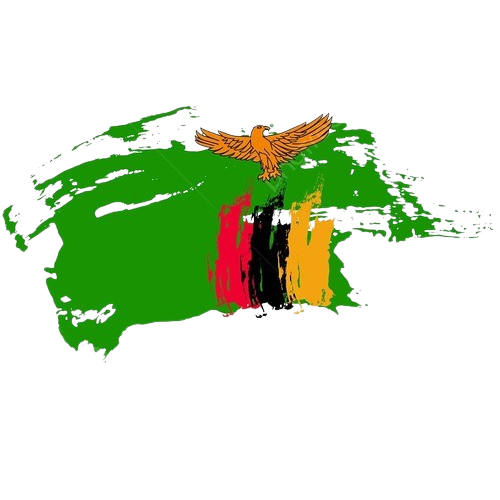Python – tensorflow.math.igammac()

TensorFlow is open-source Python library designed by Google to develop Machine Learning models and deep learning neural networks.
igammac() is used to Compute the upper regularized incomplete Gamma function Q(a, x). Q(a, x) is defined as:
where gamma(a, x) is the lower incomplete Gamma function and is defined as:
Syntax: tensorflow.math.igammac( x, y, name)
Parameters:
- x: It is a tensor. Allowed dtypes are float32, float64.
- y: It is a tensor of same dtype as x.
- name(optional): It defines the name of the operation
Returns: It returns a tensor of dtype as x.
Example 1:
Python3
# importing the libraryimport tensorflow as tf# Initializing the input tensora = tf.constant([7, 8, 13, 11], dtype = tf.float64)b = tf.constant([2, 8, 14, 5], dtype = tf.float64)# Printing the input tensorprint('a: ', a)print('b: ', b)# Calculating the resultres = tf.math.igammac(a, b)# Printing the resultprint('Result: ', res) |
Output:
a: tf.Tensor([ 7. 8. 13. 11.], shape=(4, ), dtype=float64) b: tf.Tensor([ 2. 8. 14. 5.], shape=(4, ), dtype=float64) Result: tf.Tensor([0.99546619 0.45296081 0.35845842 0.98630473], shape=(4, ), dtype=float64)
Example 2:
Python3
# Importing the libraryimport tensorflow as tf# Initializing the input tensora = tf.constant([2, 8, 14, 5], dtype = tf.float32)b = tf.constant([7, 8, 13, 11], dtype = tf.float32)# Printing the input tensorprint('a: ', a)print('b: ', b)# Calculating the resultres = tf.math.igammac(a, b)# Printing the resultprint('Result: ', res) |
Output:
a: tf.Tensor([ 2. 8. 14. 5.], shape=(4, ), dtype=float32) b: tf.Tensor([ 7. 8. 13. 11.], shape=(4, ), dtype=float32) Result: tf.Tensor([0.00729505 0.45296064 0.57304585 0.0151046 ], shape=(4, ), dtype=float32)






